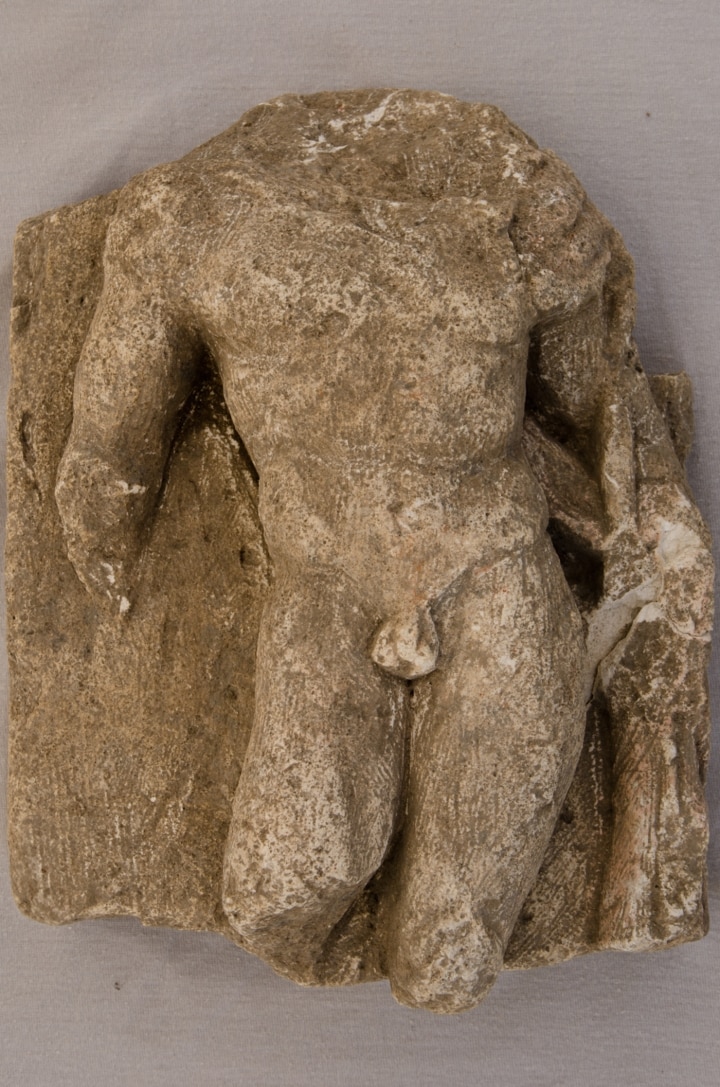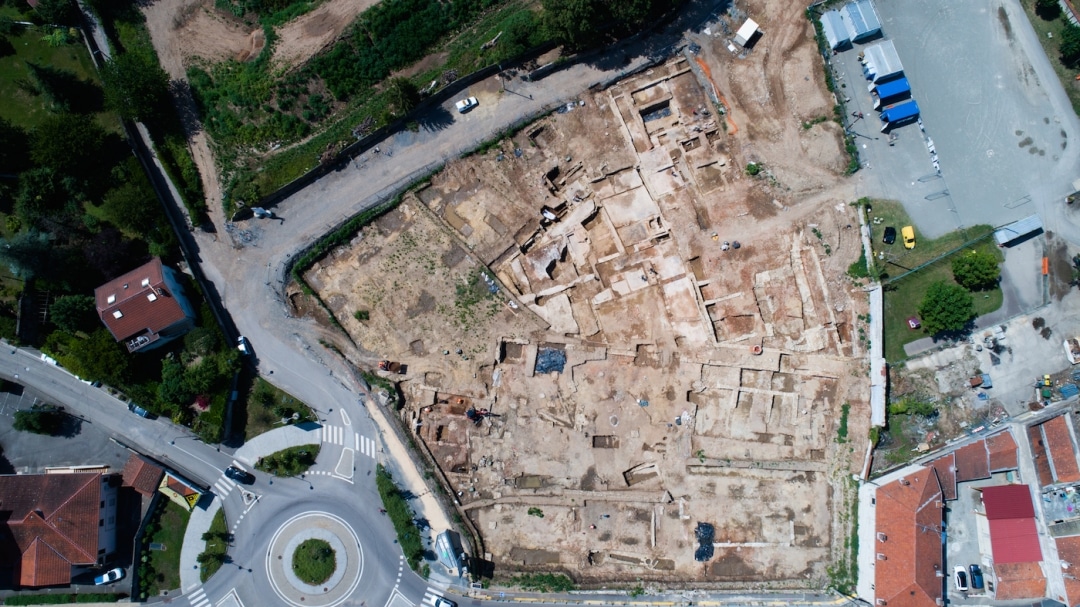
For the first time last week, reporters were invited inside the excavation of an ancient Roman neighborhood in a town south of Lyon, France. Called an “exceptional discovery,” by the French Culture Ministry, the well-preserved town was discovered as the site was being prepared for the construction of new apartment blocks. Stretching over 75,000 square feet, some are calling it a “Little Pompeii.”
Since April, a team of 15 archaeologists, led by conservation company Archeodunum, have been working at the site, which is located in Saint Colombe, close to the city of Vienne. Benjamin Clément, lead archaeologist, calls it “probably the most exceptional find from the Roman era in years.” Real estate developers have already modified their plans to integrate the massive discovery, including images and objects in the building lobbies. There is discussion of including the park at the center of the site into the complex.
The neighborhood, which is bordered by the Via Agrippa—a network of ancient Roman roads build around 10 BCE, hosts a number of civic buildings, including a 30-room philosophy school with exceptional mosaic floors. Built around a market square, archaeologists have also discovered two aristocratic homes, food shops, a store for metalwork, a warehouse filled with jugs of wine, as well as a hydraulic network for drainage.
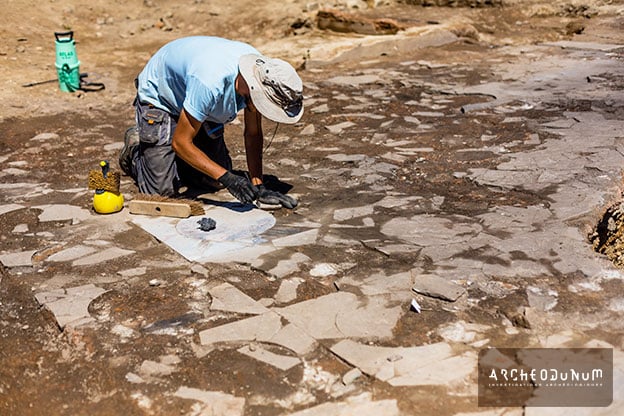
It’s no surprise that such an important discovery occurred close to Vienne. The town was an important Roman city along the route between Gaul to the north and Gallia Narbonensis to the south. Vienne already boasts an ancient Roman theater and other ruins that speak to this heritage. This particular site, which showed signs of inhabitants until the fourth century, owes its level of preservation to two fires that ravaged the Roman neighborhood in the second and third centuries. By carbonizing wood beams and baking the brick between them, “this allowed the preservation of the architecture as if it were stone,” explains Clément. This makes the find “an instant photograph of life at the beginning of the second century, and at the middle of the third century.”
The excavation, which was scheduled to last just six months, was extended until December 2017 due to the significance of the findings.
A well-preserved ancient Roman neighborhood discovered in southeast France during the construction of an apartment complex is being labeled as a “little Pompeii.”

Sets of exceptional Roman mosaics were discovered inside a school complex by the team of 15 archaeologists excavating the site.
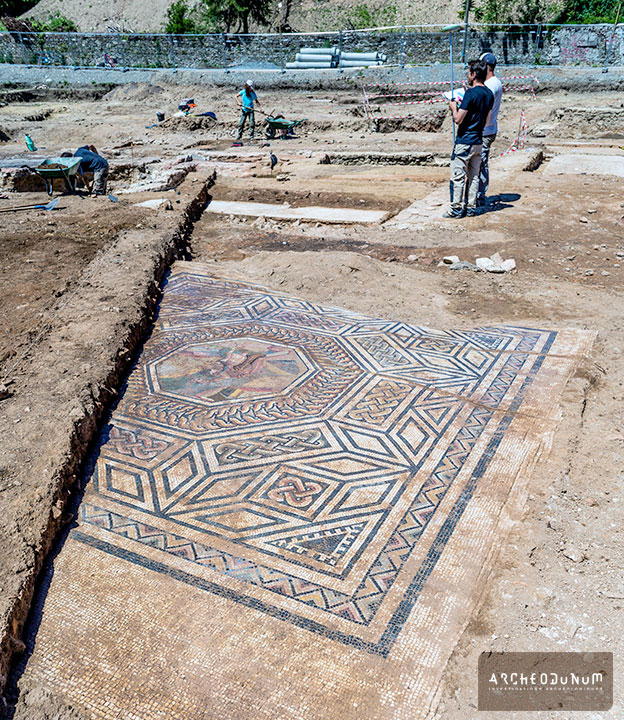
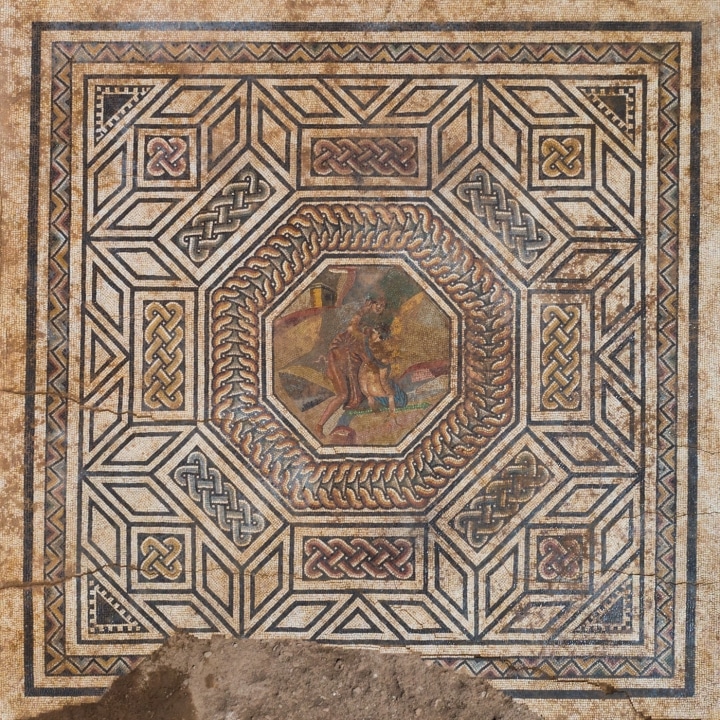
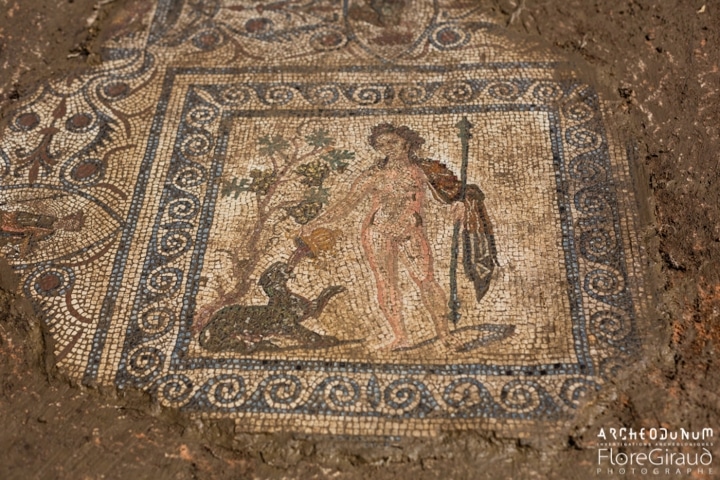
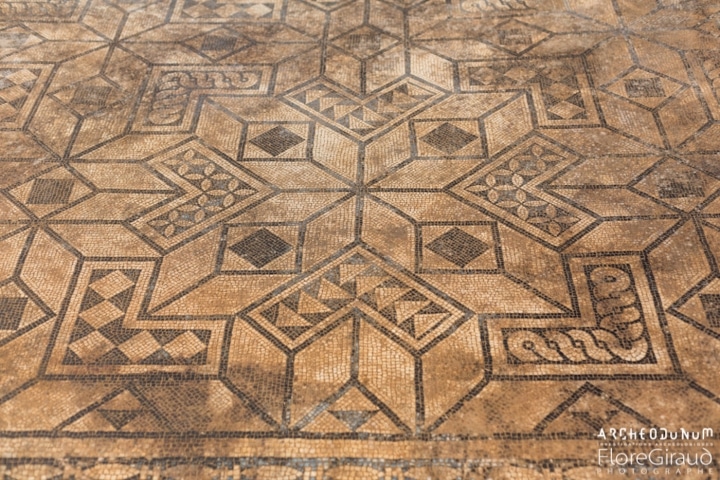
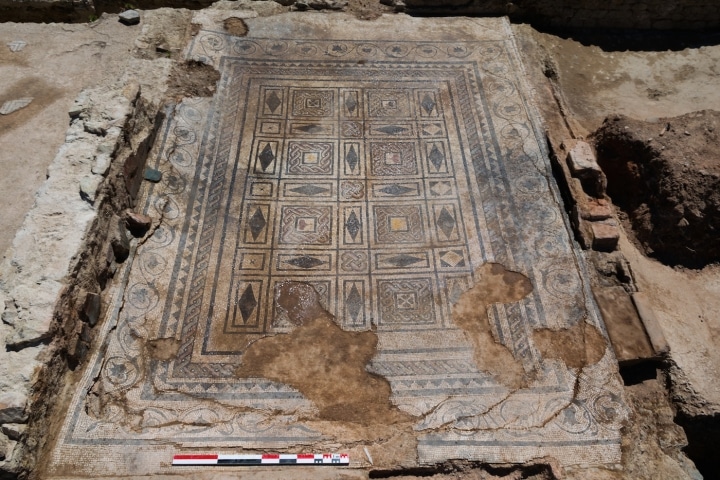
Several fires helped preserve the town, where a variety of sculptures, pottery, and tools help give insight into life in the Roman Empire.

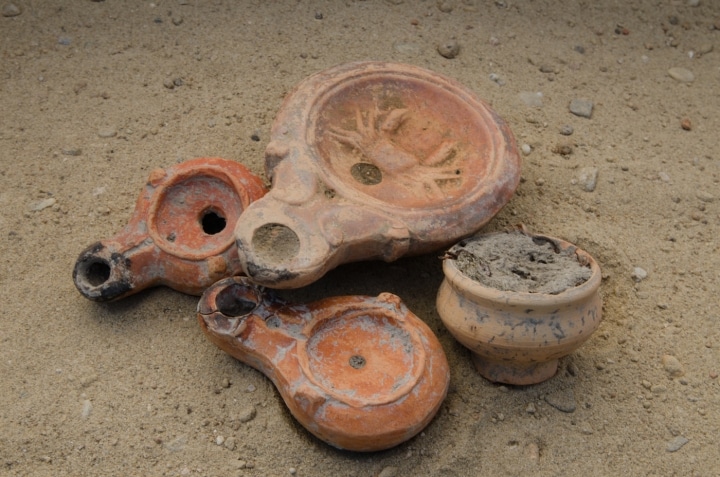
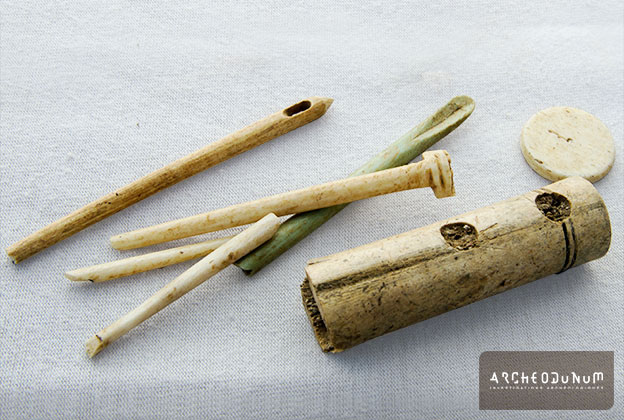
h/t: [New York Times, Hyperallergic]
All images via Archeodunum.
Related Articles:
2,000+ Years of Dogs in Art, From Ancient Mosaics to Instagram Selfies
3D Technology Reveals More Than 40 Medieval Shipwrecks in the Black Sea
Rome’s Largest Catacombs with Newly Uncovered Frescoes Will Open to the Public
Ancient Tomb Chiseled From a Solitary Rock in Saudi Arabia
Remarkably Pristine Ancient Greek Mosaics Uncovered in Turkish City of Zeugma

